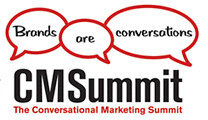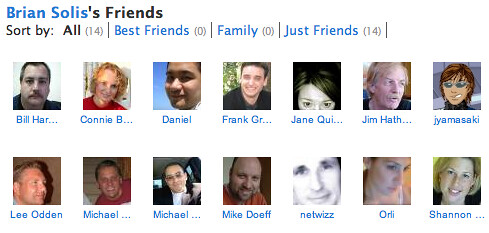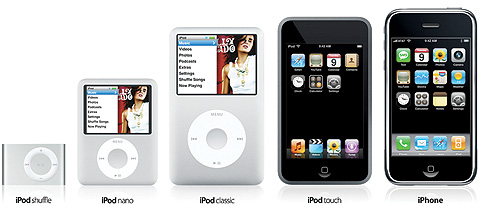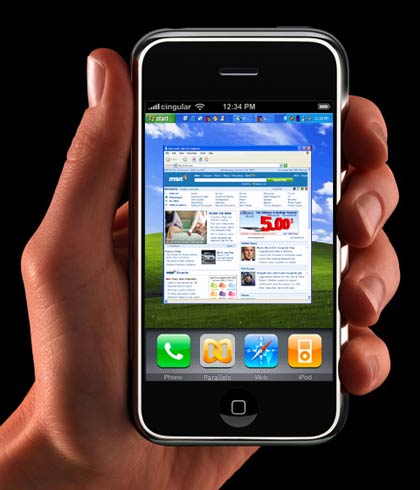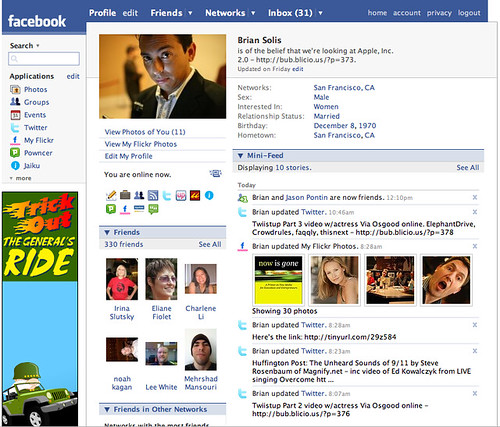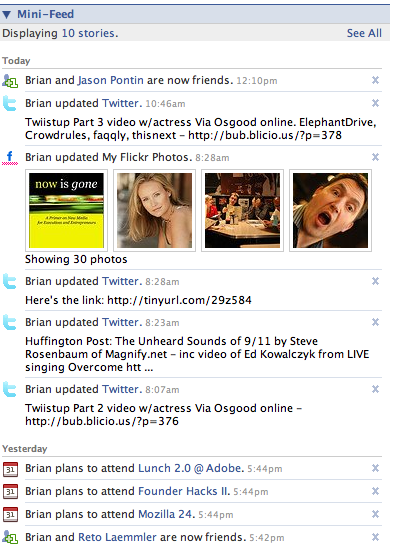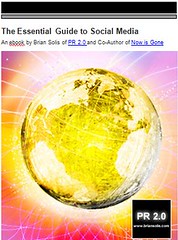The Future of the Press Release - Part I, Acceptance

The press release is on life support and I’m rallying a team of supporters to euthanize it – not to put it out of its misery, but to keep it from contributing to the misery of reporters, analysts, bloggers and the people who read them.
The process of writing and distributing a press release can be excruciatingly painful and is almost laughable when you read the final product.
Company X Launches World’s First, Industry-leading, Innovative Thingamabob that will Change Our Lives for the BetterOK, so I think you get the picture.
Fantasy Land, Sept. XX, 2007 -- So and so, a leader in such and such, today announced the world’s most groundbreaking, revolutionary, and never-before-seen widget and will change the lives of everyone who use it. Not only is it versatile and ubiquitous, but it scales across the marketing bell curve and in to the long tail. It is a disruptive game changing solution that forces a paradigm shift and, yes, it’s just that simple to use.
“We are excited and thrilled and happy and delighted that our new widget will change your life,” said a company executive who didn’t say this quote, but instead simply signed off on it since their PR person wrote it for them. “There really is nothing out there like it. We have no competition. This is something everyone needs; they just don’t know it yet.”
# # #
The funny thing is that releases like this pollute the wires and search engines and one can only imagine how many revisions and contributors it took from the marketing and executive teams to ensure that every buzz word and useless piece of jargon made the final cut. The end product will usually say nothing about what it is, who it’s for, why it’s different and why it’s valuable and beneficial to the people to whom it’s targeted. Yet, everyone needs to get their hands on it as some form of self righteousness, demonstration of value, or simply job security.
But why doesn’t everyone already know this isn't the best way to do things? The press release is 100 years old!
I recently joined a Bulldog Reporter panel to discuss “smart” press releases and the art of creating SEO (search engine optimization) and Social Media Releases and the differences and advantages of each over traditional releases.
As the conference rolled along, I found myself thinking that before we jumped into this important topic, we should have started with the basics of what makes a release worthy of attention – regardless of SEO optimization or Social Media optimization (SMO).
As you may or may not know, I’ve been a proponent of reforming press releases since I was able to integrate HTML and multimedia into them back in the mid-to-late 90s. Do you want to know the first thing I learned?
No matter how tricked-out your press release is with “extras,” if it is still full of garbage, then we’re only placing our trash in a fancier container.
This isn’t anything new however. Journalists have been complaining about the press release even before I was in the game, which for the record, has been for a long, long time.
What’s important in these remarkable times, however, is that whether it’s good or bad, technology has globalized and democratized information, allowing press releases to reach journalists and customers directly – without ever having to send a pitch or make a call.
According to Outsell, Inc. in November 2006, 51% of information technologists (IT) source their news from press releases found on Yahoo or Google News over traditional trade journals. While this is technology, I can assure you that this stat is probably equally significant across a variety of major industries. What this means is that press releases are no longer limited to journalists, bloggers, and analysts, but also read by customers directly in order to help them make important decisions.
So in the face of this revelation, why are we, PR, still insistent and stubborn about not changing? Why do we still firmly plant our feet, and our heads, in the sand and expect greatness, when in fact all we deserve is expulsion from the conversations that are taking place out there with or without us. Or are we simply afraid to speak up for fear it might cost us our jobs.
Maybe it’s just like the bad driver syndrome. It’s up to everyone else to learn how to drive because we are flawless. Still using the driving analogy, I can guarantee that defensive drivers are the least likely to crash when compared to reactionary drivers that mosey along highways with blinders on.
So if the path to writing better, more meaningful, and relevant press releases is a 12 step program, the first step is to move from denial and accept that as is, most releases should be euthanized. In the social economy, attention economy, conversation economy, or whatever you wish to call it, people, and the groups they represent, are now part of the equation, which completely change the game for all of us.
Stay tuned for Part Two of a multi-part series.
Update: The story is on techmeme as WebProNews re-packages the story.
--
Next up:
Removing "audience" from the equation
The need for multiple versions of the press release
PR in the Long Tail
SEO vs. Social Media vs. Smart Releases
--
History Lesson (backgrounder):
As a recap, the Social Media Release has been pushed by many influencers for just over one year now, including Tom Foremski’s public outcry for the death of crappy press releases; Todd Defren who offered the first template and remains an authoritative champion; Chris Heuer who helped lead an effort to propose a standard for their construction and distribution; Stowe Boyd who reminds disingenuous, lazy or opportunistic PR people that they’re not invited to participate in Social Media (and rightfully so); Shel Holtz (along with Chris Heuer and me) who hosted the original NMRcast, and continues to demonstrate the value of new releases; Shannon Whitley's work to help PR "get it;" and the many others who continue to carry the flag forward.
And to all of you who continue to experiment with and discuss SMRs.
--
Additional Resources:
Social Media Releases: Everything You Ever Wanted to (or Should) Know
YouTube Killed the Video News Release Star
How to Write an SMR Template (and what it looks like on the wire)
Social Media Killed the Press Release Star
How to Write a Social Media Press Release, Why, and What It All Means
How to Write a Social Media Press Release - Part II
Don’t Kill the Press Release, Shoot the Messenger
PR in the Long Tail
SocialMediaRelease.org
Society for New Communications Research
--
Connect on Twitter, Jaiku, Pownce or Facebook.
press release press+release pressrelease pr pr2.0 PR+2.0 public+relations publicrelations publicity communications news news+release sncr new socialmedia social+media blog blogger journalism smr hrelease social+media+release new+media+release todd+defren template tom+foremski media+2.0 media2.0 media






